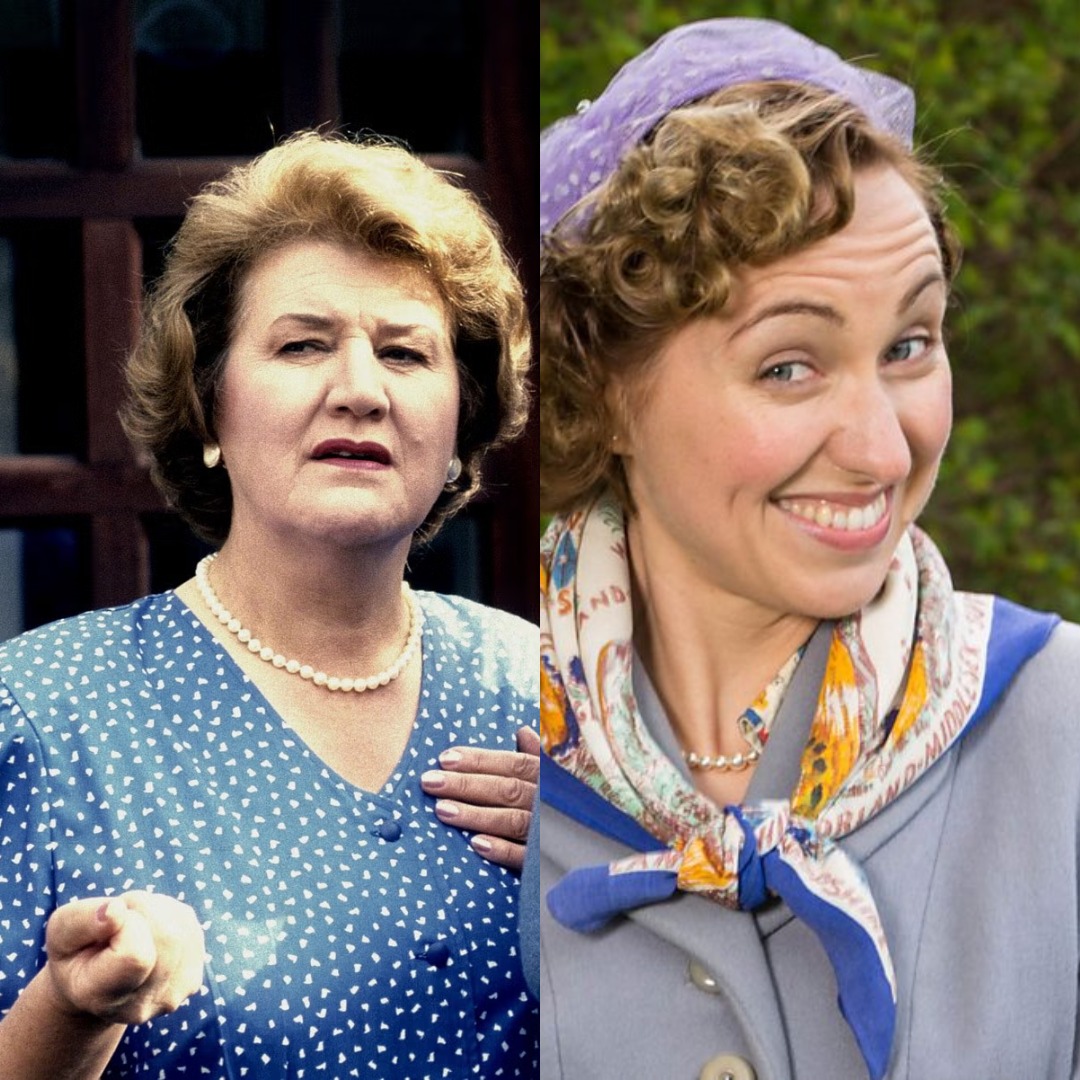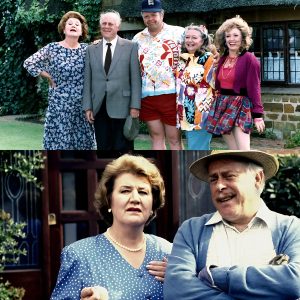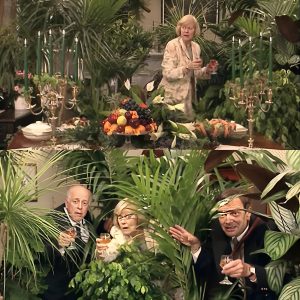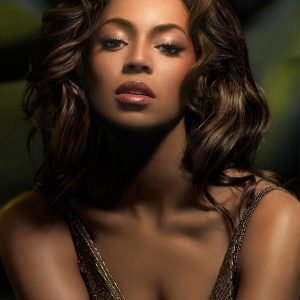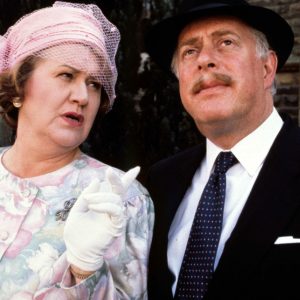For fans of the iconic British sitcom Keeping Up Appearances, the 2016 prequel Young Hyacinth offers an opportunity to explore the roots of one of television’s most unforgettable characters. But the question remains—does this prequel stand as a worthy addition to Hyacinth Bucket’s legacy, or does it struggle to recapture the magic of the original?
To understand the expectations placed on Young Hyacinth, it’s important to recognize what made Keeping Up Appearances a lasting success. Airing from 1990 to 1995, the show followed Hyacinth Bucket (insistently pronounced “Bouquet”) as she desperately attempted to maintain an illusion of high-class refinement while navigating an ordinary suburban life.
Patricia Routledge’s masterful performance, combined with witty writing, physical comedy, and a cast of memorable supporting characters, made the show a standout in British sitcom history.
Hyacinth’s interactions with long-suffering neighbors, a henpecked husband, and her chaotic working-class family provided endless comedic situations. Her misplaced confidence, grandiose schemes, and exaggerated social climbing were at the heart of the humor, making Keeping Up Appearances one of the BBC’s most beloved comedies.
Two decades after Keeping Up Appearances ended, Young Hyacinth was released as a one-off prequel. Set in the 1950s, it follows a younger Hyacinth, played by Kerry Howard, as she dreams of a refined life while living with her working-class family.
The show seeks to explain how Hyacinth’s obsession with status and etiquette developed, showing her early struggles to maintain order and “class” in a home that hardly shared her ambitions.
Instead of the refined suburban setting of Keeping Up Appearances, Young Hyacinth takes place in a modest household, where she attempts to impose upper-class manners on her rough-around-the-edges family. This premise has potential, but the execution has been met with mixed reactions.
For viewers who are deeply invested in Hyacinth’s character, Young Hyacinth does offer some enjoyable insights. Seeing her youthful ambition and determination provides context for her later, more extreme behavior.
The 1950s setting also adds a nostalgic charm, and Kerry Howard does her best to capture Hyacinth’s mannerisms.
The show’s attempt to humanize Hyacinth is commendable. Rather than presenting her as a fully formed social climber, it depicts a young woman struggling against circumstances, which makes her more relatable.
There are also moments of light comedy that echo the original series, particularly in Hyacinth’s interactions with her family.
However, Young Hyacinth inevitably struggles under the weight of comparison to its predecessor. One of the main challenges is the absence of Patricia Routledge, whose presence and comedic delivery were instrumental in making Hyacinth such an unforgettable character.
While Kerry Howard puts in a respectable effort, she lacks the seasoned comedic timing and larger-than-life presence that Routledge brought to the role.
Another significant issue is the difference in comedic style. Keeping Up Appearances thrived on physical comedy, sharp dialogue, and a brilliant supporting cast. Hyacinth’s interactions with her reluctant neighbor Elizabeth, her terrified brother-in-law Emmet, and her hapless husband Richard provided much of the humor.
In Young Hyacinth, the supporting characters do not have the same comedic chemistry, and the humor is more subdued.
Additionally, because Young Hyacinth is a prequel and not a full series, it lacks the time to fully develop its characters or comedic rhythm. With only one episode, it feels more like a curiosity for devoted fans rather than a fully realized addition to the Keeping Up Appearances universe.
For die-hard Keeping Up Appearances fans who are curious about Hyacinth’s origins, Young Hyacinth might be worth a watch—if only to satisfy curiosity. It offers an interesting perspective on the character’s backstory and provides a brief return to the world of Hyacinth Bucket.
However, for those hoping for the same level of comedy, charm, and memorability as Keeping Up Appearances, Young Hyacinth may fall short. Without Patricia Routledge’s brilliance and the comedic ensemble that made the original so beloved, the prequel lacks the same spark.
Ultimately, while Young Hyacinth is an interesting experiment, it does not have the staying power of Keeping Up Appearances. It’s an optional watch—enjoyable for some, but not essential for appreciating Hyacinth’s enduring legacy.
